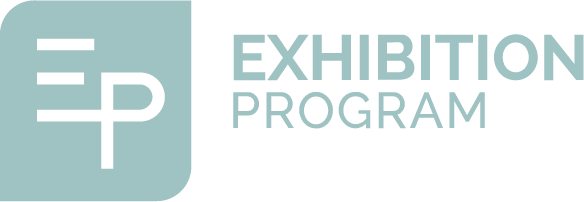The Healing Elements: A Native Hawaiian Perspective
Class 6. Complementary Healing Practices
Introduction
This final and sixth class focuses on the persistence and revival of traditional healing practices which complement Western medicine with traditional Hawaiian healing practices—lomilomi (massage), la‘au lapa‘au (herbal remedies), ho‘oponopono (family therapy). The objective is for the students to develop a basic understanding of the general benefits of complementary healing practices in overall health and well-being.
Resources
- Chang, Healani K. “Hawaiian Health Practitioners in Contemporary Society.” Pacific Health Dialog 8, no. 2, 2001. Available online at http://www.pacifichealthdialog.org.fj/Volume%208/No2%20The%20Health%20of%20the%20 Hawaiians/Original%20Papers/Hawaiian%20health%20practitioners.pdf (accessed on 5/24/2011).
- Hilgenkamp, Kathryn and Colleen Pescaia. “Traditional Hawaiian Healing and Western Influence.” Special issue (Hawaii), Californian Journal of Health Promotion 1 (2003): 34-39. Available online at http://www.cjhp.org/Volume1_2003/IssueHI-TEXTONLY/34-39-hilgenkamp.pdf (accessed on 5/24/2011).
- Hope, B.E. and J.H. Hope, “Native Hawaiian Health in Hawaii: Historical Highlights” Special issue (Hawaii), Californian Journal of Health Promotion 1 (2003): 1-9. Available online at http://www.cjhp.org/Volume1_2003/IssueHI-TEXTONLY/01-09-hope.pdf (accessed on 5/24/2011).
- Judd, Nanette L.K.M. “Laau Lapaau: herbal healing among contemporary Hawaiian healers.” Pacific Health Dialog, Vol. 5, No. 2; pp. 239-245, 1998. Available online at http://www.pacifichealthdialog.org.fj/Volume%205/No2%20The%20Health%20of%20Native %20Hawaiians/Original%20Papers/Laau%20Lapaau%20herbal%20healing%20among%20 contemporary%20Hawaiianhealers.pdf. (accessed on 5/24/2011).
- Papa Ola Lōkahi. “Chronology of Events Relating to Traditional Hawaiian Healing Practices Since 1985.” Available online at http://www.papaolalokahi.org/images/CHRONOLOGY-of-EVENTS-RELATED-TO-TRADITIONAL-HEALING-2015-Dec.pdf (accessed 5/24/2011).
- Papa Ola Lōkāhi. “Native Hawaiian Health Care Systems.” (accessed on 3/6/2013).
- Wai‘anae Coast Comprehensive Health Center. “The Native Hawaiian Traditional Healing Center.” Available online at http://www.wcchc.com/Healing (accessed on 3/6/2011).
Pre-class Assignment
Students read the articles by Chang, Hilgenkamp and Pescaia, Judd, and Hope and Hope; “Chronology of Events Relating to Traditional Hawaiian Healing Practices Since 1985;” and browse the Papa Ola Lōkāhi website on Native Hawaiian Health. Students also review information about The Native Hawaiian Traditional Healing Center at the Wai‘anae Coast Comprehensive Health Center.
class activity
Teachers provide an overview of the demise and revival of Hawaiian healing practices and lead a discussion on the following questions.
Discussion Questions
- What are the main modes of Hawaiian healing practices today?
- How is a traditional Native Hawaiian healer defined in the Native Hawaiian Health Care Improvement Act?
- What are examples of general traditional holistic healing practices that are practiced in contemporary society?
- What are the benefits of complementary Hawaiian healing practices?
- How do complementary healing practices contribute to overall health and well-being?
Back to top


